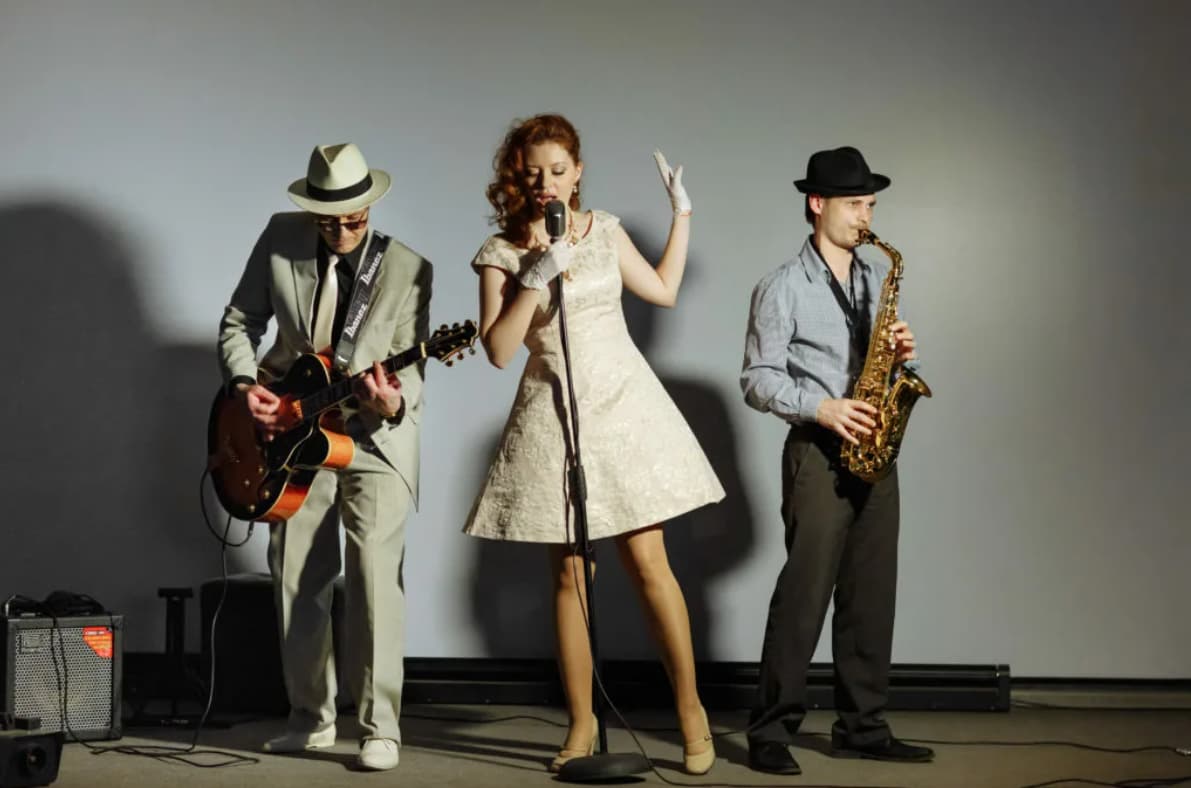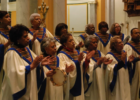Free Jazz
Free jazz, a modern music genre, breaks away from traditional rules of tonal organization, blues progressions, and swing rhythms, focusing instead on spontaneous group improvisation. Established in the late 1950s by Cecil Taylor and Ornette Coleman, it draws inspiration from artists like Sun Ra, Archie Shepp, and John Coltrane.
Considered inventive and adventurous, free jazz is sometimes seen as a means to reconnect with the ethnic and religious roots of traditional jazz. In English, it’s referred to as “abstract,” “new phenomenon,” and “avant-garde,” although the latter encompasses broader compositional ideas. The term “free jazz” was coined by Ornette Coleman in 1960 for his album of the same name.
Free Jazz Definitions
In contemporary jazz, the performer’s voice takes precedence, unlike classical jazz, which is driven by compositional intent. Scholars like E. Barban argue that any musical expression is a work of art, with skill transforming the musician’s personality into symbols for study.
Reflecting the counterculture ethos of the 1960s and 1970s, free jazz values exaltation, spontaneity, affect, and mental engagement as essential artistic elements.

During this period, there was a significant empowerment of black artists, marking a departure from traditional tonal structures, harmony, and European conventions in music.
Free jazz openly embraces its ideological roots, social protests, and radical essence, making it challenging to define a single cultural philosophy for the genre. Rooted in black self-awareness and authenticity, free jazz often blends with other cultures, sometimes conflicting ones, in a symbiotic fusion seeking to assimilate spiritual and aesthetic elements.

Indian rhythms and Buddhist ideals, for instance, found resonance in free jazz, as did Arabic motifs, with many artists embracing Islam. Religion, in general, served as a wellspring of inspiration for free jazz musicians, evident in their music, song titles, album names, and artwork.
In free jazz, distinctions between noise and melody blur, with performers embracing virtually any sound in their compositions, no matter how disparate it may seem. Creativity in digesting and incorporating these sounds into improvisation is key. Interestingly, this mirrors the approach of modern academic avant-gardists, drawing intriguing parallels between the two.

